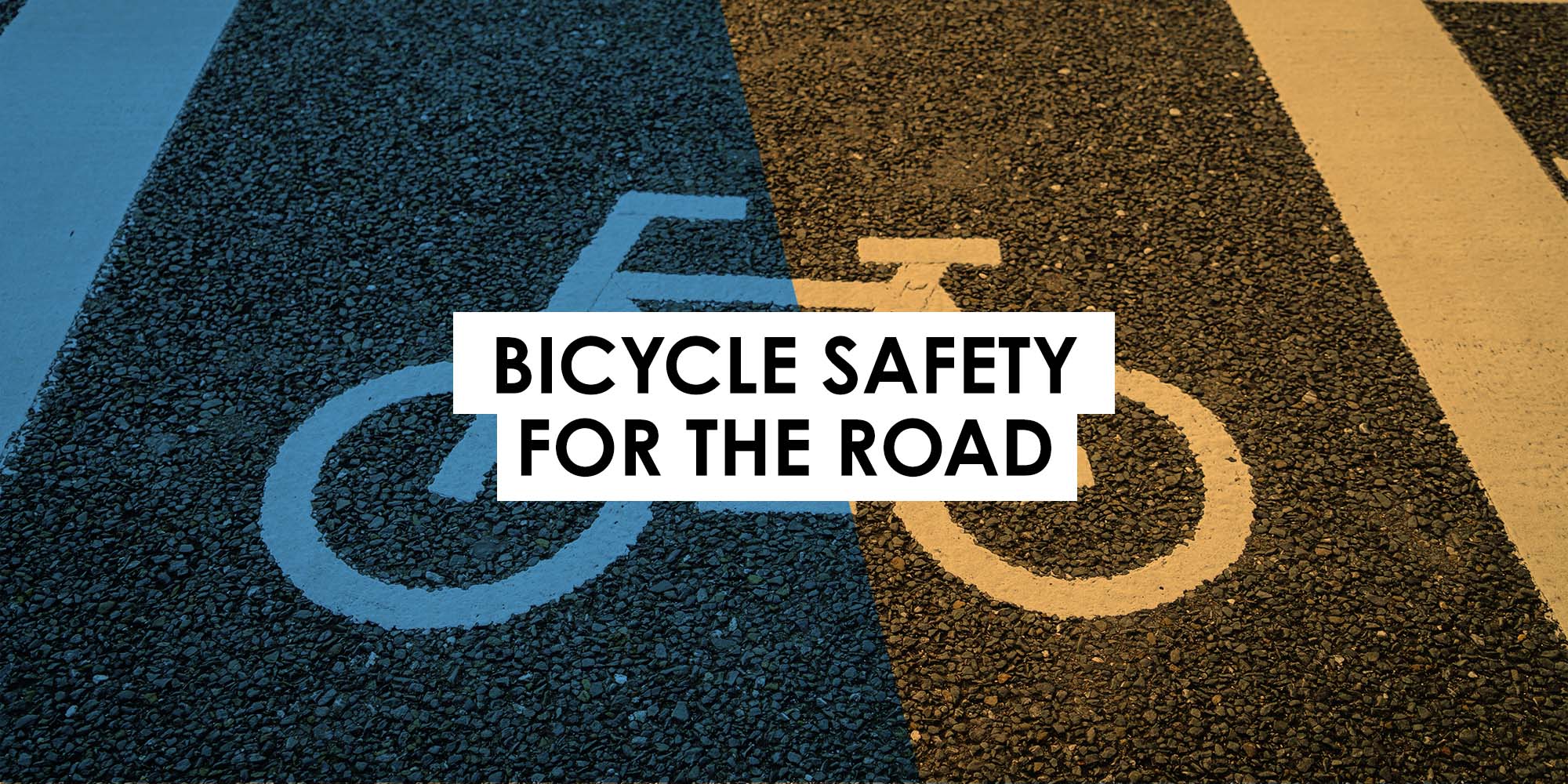Bicycling is a popular mode of transportation and recreation in the United States, with millions of people riding bikes each day. While cycling can provide numerous benefits, including improved physical health and reduced carbon footprint, it also carries risks, especially when it comes to road safety. Let’s review bicycle safety recommendations for the road—identify the key challenges and dangers that cyclists face, and suggest ways for cyclists to reduce the risk and improve safety.
The Current State of Bicycling Safety in the United States
According to the National Highway Traffic Safety Administration (NHTSA), there were 857 bicycle fatalities in the United States in 2020, which represents a 7% increase from the previous year. While the overall number of cycling fatalities has remained relatively stable in recent years, the number of bicycle-related accidents and injuries has been increasing.
In addition, cyclists are still over-represented in traffic-related deaths, with bicycles representing only 1% of all trips taken in the United States but accounting for 2% of all traffic fatalities.
Key Challenges and Dangers for Cyclists on the Road
There are several key challenges and dangers that cyclists face when riding on the road. Some of the most significant include:
- Inadequate infrastructure: One of the biggest challenges for cyclists is the lack of dedicated bike lanes, trails, and other infrastructure that would make cycling safer. This can lead to cyclists having to share the road with larger, faster-moving vehicles, putting them at increased risk of accidents.
- Driver behavior: Another major challenge is the behavior of drivers on the road. Despite the fact that cyclists have the same rights and responsibilities as motorists, many drivers do not treat cyclists with respect and fail to give them the space they need to ride safely.
- Poor visibility: Cyclists are often difficult to see, especially at night or in inclement weather. This can lead to drivers misjudging the speed and distance of a cyclist, putting them at increased risk of accidents.
- Distracted driving: With the rise of smartphones and other distractions, distracted driving has become a major problem on the roads. This is especially dangerous for cyclists, who are vulnerable to accidents from drivers who are not paying attention to the road.
Wear a Helmet
A helmet is the single most effective piece of protective gear you can wear while cycling. Make sure your helmet fits properly and meets safety standards set by organizations such as the Consumer Product Safety Commission (CPSC).


Be Visible
Wear brightly colored clothing, socks, and shoes to make yourself more visible to other road users. You can also attach reflective tape to your bike or wear reflective gear to increase your visibility at night. Consider using lights on your bike, both front and rear, to make yourself even more visible in low-light conditions.
Check Your Bike
Before setting out on a ride, make sure your bike is in good working condition. Check the brakes, tires, and gears to ensure they are functioning properly. Make sure your bike is properly adjusted to fit your body and that all parts are securely attached. If you are unsure about the operational safety of your bike, please bring it to Bikes Palm Beach for a safety check.
Know the Rules of the Road
Cyclists are considered to be vehicle operators under the law and must obey all traffic rules and signals. Ride in the same direction as traffic and obey traffic lights, stop signs, and yield signs. Use hand signals to communicate your intentions to other road users.
Common hand signals include pointing left or right to indicate a turn, pointing straight ahead to signal a continued straight path, and holding your arm out parallel to the ground to signal a stop.
Be Mindful of Road Conditions
Pay attention to the condition of the road and adjust your riding accordingly. Be cautious of road hazards such as potholes, gravel, or debris, and avoid riding in areas with poor visibility, such as intersections or curves.
Be Aware of Your Surroundings & Ride Defensively
Always be aware of other road users, including cars, trucks, and pedestrians. Ride defensively—the quicker you notice a potential conflict, the quicker you can act to avoid a potential crash:
- Assume you’re invisible: Assume that drivers do not see you and act accordingly. Keep a safe distance from cars and avoid riding in their blind spots.
- Be predictable: Ride in a straight line and avoid sudden changes in direction. Use hand signals to indicate your intentions to other road users.
- Be aware of car doors: When riding near parked cars, be prepared for a door to open suddenly. Keep a safe distance from parked cars to give yourself time to react if a door does open.
- Check for turning vehicles: When approaching intersections, be cautious of cars turning in front of you. Make eye contact with drivers to ensure they see you and are aware of your presence.
- Keep your speed under control: Riding at a moderate speed will give you more time to react to potential hazards. Avoid riding too fast, as this can make it difficult to react to unexpected situations.
- Be prepared to take evasive action: Be prepared to take evasive action if necessary, such as swerving or braking suddenly. Keep your hands on the handlebars and be prepared to react quickly.
Stay Alert
Avoid distractions such as texting, talking on the phone, or listening to music while cycling. Stay focused on the road and be prepared to react to any unexpected situations.
In conclusion, cycling can be a fun and healthy mode of transportation, but it’s important to prioritize safety. By following these tips and being aware of your surroundings, you can help ensure a safe and enjoyable ride every time. Remember to always wear a helmet, be visible, follow traffic rules, and use hand signals to communicate your intentions to other road users.

